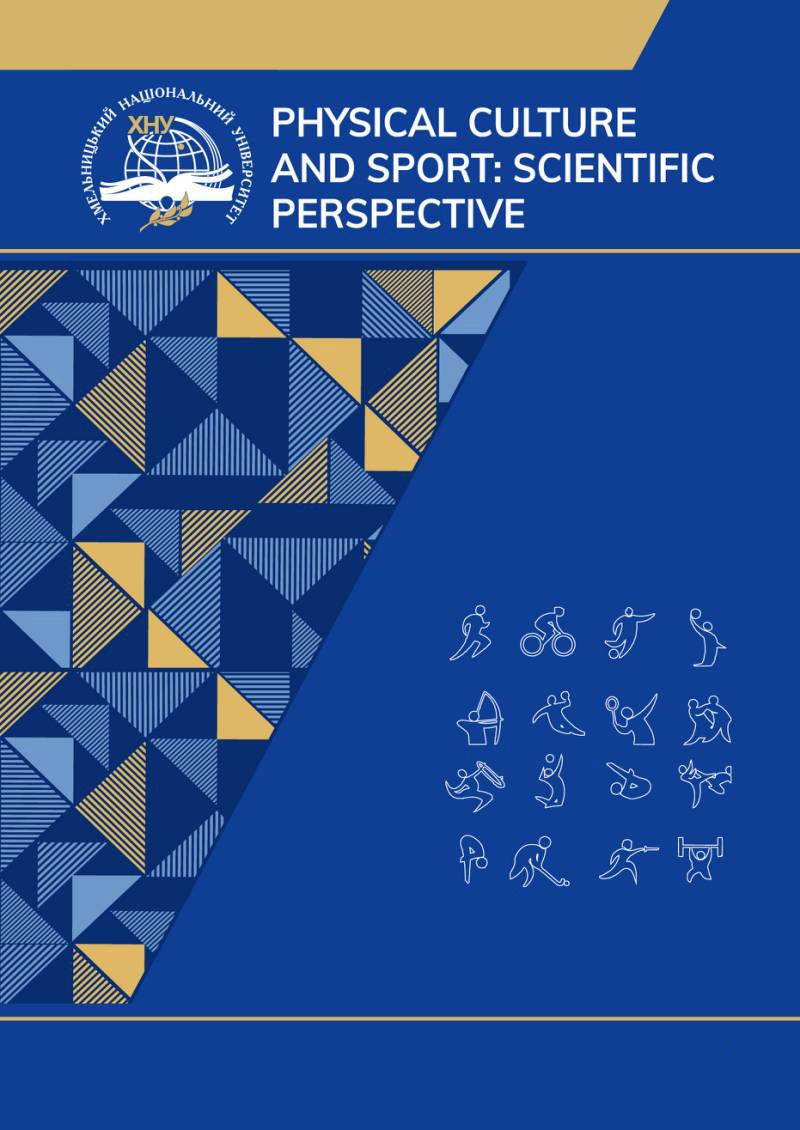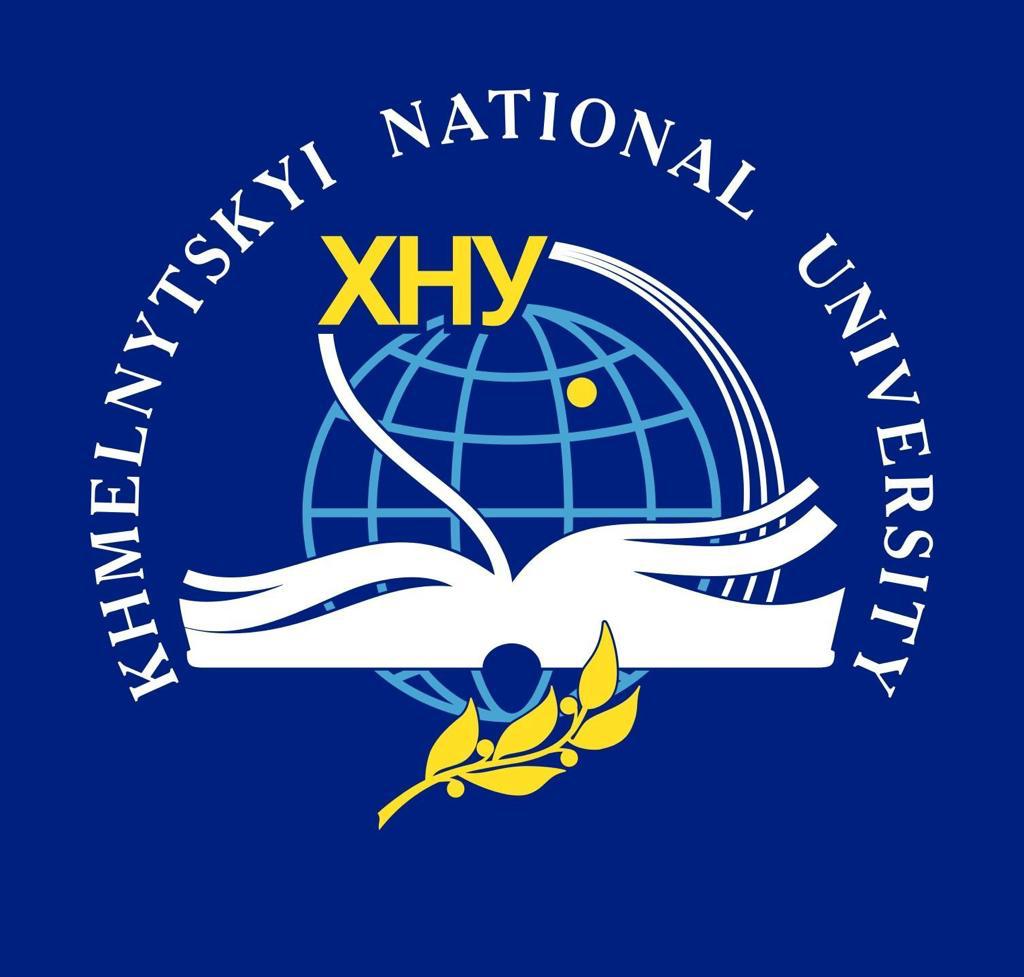THE ESSENCE OF THE CONCEPT "SPORTS ANIMATION" AND ITS CLASSIFICATION
DOI:
https://doi.org/10.31891/pcs.2024.1.60Keywords:
physical culture, animation, sports animation, animation activity, health preservation, health cultureAbstract
The article determines that under the influence of political, socio-economic, and educational trends, there is a decrease in children's physical activity. In this regard, there is a need to restore the vitality and physical strength that students lose during their studies, emotional stress, stress, and round-the-clock gadget and computer use. This, in turn, contributes to the active search for new methods and means of restoring physical and psycho-emotional states. The purpose of the article is to clarify the essence of the concept of "sports animation" based on the analysis of research by scientists and to formulate its classification for today. Based on the analysis of theoretical material, the article analyzes the concept of "animation", defines "sports animation" as a type of recreational activity in the field of physical culture, considers the types of "sports animation" as a type of animation activity aimed at forming a healthy lifestyle, involving participants in active, creative, creative, interpersonal interaction, which achieves the greatest health-improving effect with the help of sports physical education. It involves physical and psycho-emotional recovery, involvement in creative and social activity, and enjoyment of it. .
On the basis of theoretical analysis and systematization of the works of scientists, the author defines his own classification of types of sports animation, which includes: outdoor games; recreational sports games; sports mass events; physical culture and health activities.
Thus, sports animation can be considered a type of mass recreational physical culture, and its types are aimed at meeting human needs for maintaining and improving health, promoting a healthy lifestyle, encouraging physical education and sports, recreation, and national and patriotic education.
References
State targeted social program for the development of physical culture and sports for the period until 2024. URL: https://zakon.rada.gov.ua/laws/show/115-2017-%D0%BF#Text (date of aplication 9.12.2023).
Law of Ukraine "On Education". URL: http://zakon5.rada.gov.ua/laws/show/2145-19 (date of aplication
Strategy for the development of physical education and sports among student youth for the period until 2025. URL: http://sportmon.org/wp-content/uploads/2019/03/Strategiya-rozvitku-FV.-ta-Sportu-do-2025-roku_compressed.pdf (date of aplication 9.12.2023).
Andrushchenko, V. P. (2014). Philosophy of education of the 21st century: search for priorities. Scientific journal of the National Pedagogical University named after M.P. Drahomanova. Series 7: Religious studies. Culturology. Philosophy, (issue 31 (44)), 3–9.
Kremen, V. G. (2002). Philosophy of education of the 21st century. Tribune, (11/12), 10–13.
Levkivska, O. P. (2000). Psychological foundations of the formation of a healthy lifestyle in teenagers. Psychological foundations in the educational space. coll. of science works, 24–27.
Dubrovina, V. V. (2017). Gender differences in cultural and leisure practices of modern youth. Student science: coll. study of science Art. in pedagogy and psychology: Sumy: Publishing House of Sumy State University named after A.S. Makarenko, (2), 130–134.
Zhdanovych, Y. M. (2016). Pedagogical animation as a means of socio-pedagogical support for children of forced migrants. Scientific notes [Nizhyn State University named after Mykola Gogol]. Psychological and pedagogical sciences, (1), 119-123. URL: http://nbuv.gov.ua/UJRN/Nzspp_2016_1_23 (date of aplication 13.11.2023).
Mazepa, T. (2019). The role of cultural animation in preserving the spiritual values of a globalized society. Bulletin of the National Academy of Managerial Personnel of Culture and Arts, (1), 85–90.
Kononchuk, D. (2017). Socio-pedagogical aspects of animation activity. Educational space of Ukraine, (10), 146–154. DOI: https://doi.org/10.15330/esu.10.146-154 (date of aplication
Maksimovska, N. (2017). SYSTEM OF ANIMATED SOCIAL-EDUCATIONAL ACTIVITY: INNOVATIVE DIMENSION. Pedagogical sciences: theory, history, innovative technologies, (5(69)), 121–132. DOI: https://doi.org/10.24139/2312-5993/2017.05/121-131 (date of aplication 13.11.2023).
Kolesnyk, S. V., Roda, O. B. (2021). The use of animation technologies to improve the physical activity of schoolchildren. Fitness, nutrition and active longevity: coll. theses add. And International. science and practice conf. (March 23, 2021) / editor: A. V. Tsyos, S. Ya. Indika. - Lutsk: Volyn. national University named after Lesi Ukraink, 25.
Lesina, T. M. (2011). Innovative potential of animation activity in socio-pedagogical work with maladapted children and adolescents. Collection of scientific works of K-PNU named after Ivan Ohienko, 295–302.
Vindyuk, A. (2020). SPORTS AND WELLNESS ANIMATION: TYPES, FUNCTIONS, FEATURES OF THE ORGANIZATION. Academic Notes Series Pedagogical Science, 1(190), 15–19. https://doi.org/10.36550/2415-7988-2020-1-190-15-19 (date of aplication 8.11.2023).
Skrypchenko, I. T. (2016). Tourist animation as a component of professional training of specialists to work in the field of children’s and youth tourism. Health, Sport, Rehabilitation, 2(4), 7–61. DOI: https://doi.org/10.34142/HSR.2016.02.04.11 (date of aplication 8.11.2023).
Naumchuk, V., Sydoruk, A., & Makovetska, N. (2020). Formation of Readiness of Future Teachers of Physical Education for Animation Activity in Secondary Schools of Ukraine. International Journal of Human Movement and Sports Sciences, 8(6), 403–412. https://doi.org/10.13189/saj.2020.080612 (date of aplication 8.11.2023).
Podubinska, S.V. (2018). The use of animation in the group work of future physical education teachers. Physical activity and quality of human life: collection. theses add. II International science and practice conf. (May 22–24, 2018) / edited by: A. V. Tsyos, S. Ya. Indika. – Lutsk: Eastern Europe. national University named after Lesya Ukrainka, 52.
Zheleva-Terzieva, D. (2018). Survey the opinion and interest of students-pedagogues to the sport animation practice in an educational environment. Trakia Journal of Science, 16(2), 90–94. https://doi.org/10.15547/tjs.2018.02.003 (date of aplication 8.11.2023).
Pompl, W. (1983). The concept of animation: Aspects of tourism services. B: Tourism Management, 4 (1), 3-11.
Dictionary of foreign words / Compilation. L. O. Pustotsvit and others. - K., 2000. - 1018 p.
Pasichniak, L. V. (2017). Design and implementation of sports animation programs in places of public recreation: autoref. thesis ... candidate sciences in physics education and sports: 24.00.02, Kyiv,. 24 p.
Encyclopedia for specialists in the social sphere / under general editorship. I. Zvereva. - Kyiv-Simferopol: Universum, 2012. - 536 p.
Corpus of encyclopedic editions of Ukraine: bibliographic online index [website] / Incl. M.G. Zheleznyak, O.S. Ishchenko and others. Kyiv: Institute of Encyclopedic Research of the National Academy of Sciences of Ukraine, 2023. DOI: https://doi.org/10.37068/b/cuebi (date of aplication 19.11.2023).
Chalii, L. V. (2019). Student's sports animation activity in the context of life competence. Public education. Electronic scientific publication.. 3(39).
Dinev, P., Tomova, S. (2008). Sport animation. Varna: UE "Science and economics".
Alyoshina, A. Sports animation in places of active recreation (2016). Youth scientific bulletin of Lesya Ukrainka East European National University. Physical education and sports: magazine. Lutsk: Eastern Europe. national University named after Lesi Ukrainka, (23), 25–27.





